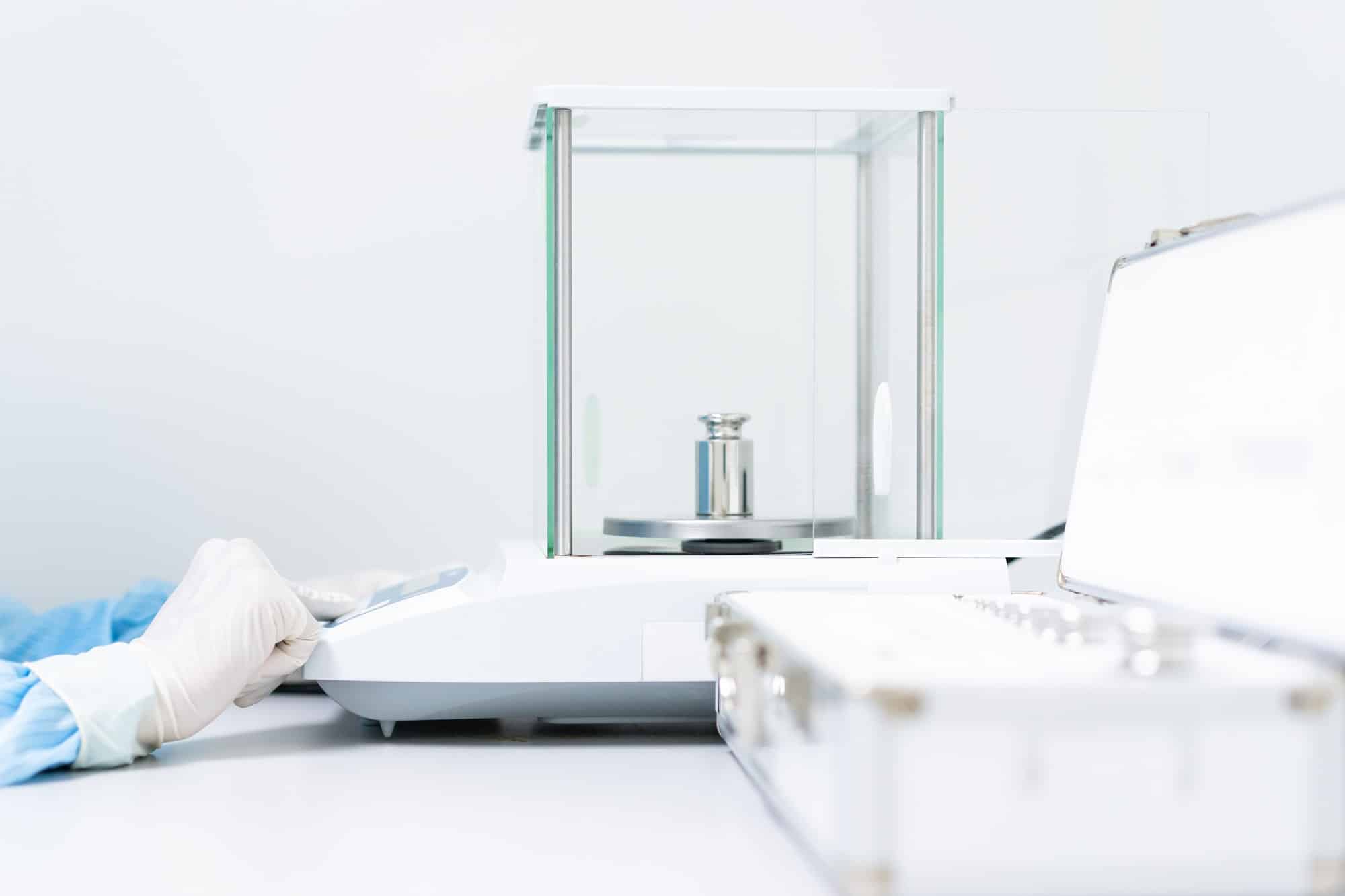With rising concerns about indoor air quality (IAQ), the deployment of IAQ sensors has become commonplace. These sensors provide vital data on aspects such as temperature, humidity, particulate matter, and gaseous pollutants like ozone. However, their effectiveness relies on their accurate calibration. This article will go in-depth about the calibration of indoor air quality sensors, including Low-Cost Sensor Systems (LCSS), which are a popular choice for IAQ monitoring.
Why is Calibration of IAQ Sensors Important?
When we talk about indoor air quality, we are referring to the purity and cleanliness of the air within and around buildings and structures, especially as it relates to the health and comfort of building occupants. The calibration of sensors used to monitor this quality is essential for accurate readings.
Also to read : How to Create a Functional Gardening Workstation in a Small Balcony Space?
IAQ sensors, especially Low-Cost Sensor Systems (LCSS), have paved the way for continuous, real-time monitoring of indoor air quality. This data is critical not only for maintaining a healthier living environment but also for research and analytical purposes.
Calibration ensures that the readings from these sensors are as accurate as possible. Without proper calibration, these sensors could deliver misleading data about the indoor air quality, leading to incorrect actions or inability to rectify potential issues.
In the same genre : How to Craft an Authentic Victorian Parlor Room in a Modern Home?
Understanding the Different Types of IAQ Sensors
When it comes to IAQ sensors, there are various types available, each designed to monitor different parameters. These include temperature sensors, humidity sensors, and more specific sensors for monitoring pollutants such as carbon dioxide, carbon monoxide, ozone, and particulate matter.
Among these, the Low-Cost Sensor Systems (LCSS) are particularly noteworthy. According to scholarly articles indexed by Google Scholar and Crossref, LCSS offer an affordable and effective way to monitor indoor air quality in real-time.
An LCSS typically comprises of various sensors, each designed to detect a specific pollutant or parameter. For example, it can have an ozone sensor, a temperature sensor, a humidity sensor, and a particulate matter sensor. Indeed, this ability to monitor multiple parameters simultaneously has made LCSS an excellent choice for indoor air quality monitoring.
Calibration of LCSS: An In-depth Look
Calibration is the process of aligning the sensor’s readings with a known standard or reference. For IAQ sensors, this could involve adjusting the sensor’s output to match the readings of a reference sensor or a known concentration of a particular pollutant.
Let’s take the example of an ozone sensor in an LCSS. The ozone sensor is designed to detect the concentration of ozone in the air. To calibrate this sensor, you would expose it to a known concentration of ozone, and then adjust the sensor’s output to match this known concentration.
A critical aspect of calibration is the calibration model. This model is a mathematical relationship that maps the sensor’s raw output to the actual concentration of the pollutant. This model is typically derived from calibration data, which is data collected during the calibration process.
Monitoring and Maintenance: The Role of Calibration
Once the sensors are calibrated and deployed, ongoing monitoring and maintenance are crucial. Over time, the performance of sensors can drift due to factors such as aging, environmental changes, or contamination. This drift can lead to errors in the sensor’s readings, thus necessitating regular recalibration.
Additionally, the data collected from these sensors need to be continuously monitored to spot any anomalies or trends. For example, an unexpected increase in ozone levels could indicate a malfunctioning sensor or a genuine increase in ozone pollution.
In summary, calibration plays a crucial role in ensuring the accuracy and reliability of IAQ sensors. It is an integral part of sensor deployment, monitoring, and maintenance, ensuring that we get the most accurate data about our indoor air quality. With proper calibration, these sensors can help us maintain a healthier living environment, making the air we breathe safer and cleaner.
Key Factors Influencing Calibration of IAQ Sensors
Calibration is not a one-size-fits-all procedure for IAQ sensors. The process depends on a range of factors, including the type of sensor, the specific pollutant or parameter it is designed to detect, and the conditions in which it operates.
For example, metal oxide sensors are commonly used for detecting gases such as carbon monoxide and ozone. These sensors work by interacting with the measured gas, a process that changes their electrical resistance – a change which can be measured and correlated with the gas concentration. However, the calibration of these sensors can be influenced by other gases present in the environment, temperature, humidity, and even the age of the sensor.
Temperature and relative humidity sensors are equally influenced by environmental factors. For instance, high humidity levels can interfere with the sensor’s ability to accurately measure temperature, necessitating the need for regular calibration to ensure accurate readings.
In the case of Low-Cost Sensor Systems (LCSS), calibration can be quite intricate due to the presence of multiple sensors. Each sensor in the system requires its specific calibration, with careful consideration given to how they interact with each other and the overall performance of the LCSS.
Furthermore, the calibration of IAQ sensors also depends on the availability of standard reference materials or methods. For instance, in Google Scholar and Crossref indexed studies, researchers often use standardised gases or test chambers as a reference for calibrating gas sensors.
The Need for Advanced Calibration Techniques and Models
The complexity and diversity of IAQ sensors call for advanced calibration techniques and models. In recent years, researchers have been exploring various models, including linear regression models, polynomial models, and more complex machine learning models, to improve the accuracy of sensor calibration.
A time series analysis, for instance, could be employed to track pollutant levels over time, taking into account variables such as temperature and humidity. Such complex models give a more precise calibration, ensuring that the sensors deliver accurate, real-time data on indoor air quality.
More recently, researchers have been exploring the potential of green version calibration methods that are more sustainable and less harmful to the environment. These methods involve using less toxic gases or environmentally-friendly materials for sensor calibration.
According to research indexed in Google Scholar and Preprints.org, advanced calibration models can significantly improve the accuracy of IAQ sensors. They can also cater to the diverse range of sensors and environmental conditions, making them a promising avenue for future research.
Conclusion: Calibration – The Key to Reliable Indoor Air Quality Monitoring
In conclusion, the calibration of Indoor Air Quality sensors is a vital process that determines the accuracy and reliability of the data they provide. From temperature and humidity readings to detecting harmful pollutants like carbon monoxide and ozone, these sensors play an essential role in maintaining a healthier living environment.
The process of calibration, however, is not straightforward. It is influenced by various factors, including the type of sensor, the detected parameter, environmental conditions, and the presence of other gases. Moreover, with Low-Cost Sensor Systems (LCSS), the calibration process becomes more complex due to the presence of multiple sensors.
Advancements in calibration techniques and models, including complex machine learning models and green version methods, promise improved accuracy. As research in this field continues to evolve, the goal remains the same – providing accurate, real-time data on indoor air quality to help us breathe cleaner, safer air.
As we move forward, let’s remember that the calibration of IAQ sensors is more than just a technical necessity. It’s a commitment to our health and well-being, and the key to a healthier living environment.






